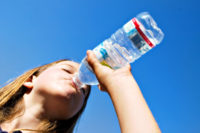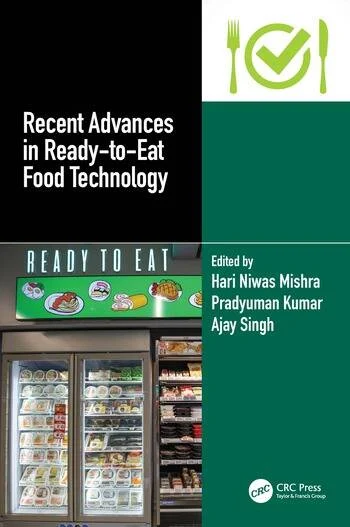Bottled water to overtake soft drinks
It could be the largest beverage category by 2017 and possibly earlier.

America’s fading thirst for carbonated soft drinks has positioned bottled water to leap over the long-reigning champ and become the largest beverage category by volume in 2017 and possibly earlier. New research published by the International Bottled Water Association (IBWA), in conjunction with Beverage Marketing Corporation (BMC), states Americans’ consumption of bottled water increased by 7.9 percent in 2015, and bottled water sales were up 8.9 percent over the previous year.
“Consumer demand for bottled water looks likely to remain strong in the years ahead. Increases in per capita consumption indicate enthusiasm for a product that consumers regard as a healthful alternative to other beverages,” says Michael Bellas, BMC chairman and CEO. “Americans increased their annual consumption by more than 11 gallons, from 25.4 gallons per person in 2005 to 36.5 gallons a decade later. During the same period, per capita consumption of carbonated soft drinks dropped by 12.4 gallons. Per capita consumption of other major beverage categories, like milk and fruit beverages, also fell.”
Consumers continue to migrate towards healthier lifestyles, opting for more natural products, and ones less loaded with sugar and artificial sweeteners, both of which have come under scrutiny from health regulators, scientists and the general public. BMC reported that by 2015, bottled water had achieved a new volume record—almost 3 billion gallons higher than it had been in 2007. Soft drinks, on the other hand, underwent their eleventh consecutive year of volume reductions in 2015. This trend doesn’t appear to be ending either as more municipalities push for taxes on sugar-sweetened beverages along with cities like San Francisco requiring warning labels on advertisements for these drinks.
“There are many attributes that contribute to bottled water’s undeniable appeal to US consumers,” says Chris Hogan, IBWA vice president of communications. “Among them are bottled water’s healthfulness, convenience, reliability and safety.”
However, bottled water seems to have one drawback—its higher carbon footprint compared to its more readily available counterpart, tap water. But the bottled water industry is utilizing a variety of measures to continue reducing its environmental impact. Now, all containers are 100 percent recyclable, and many bottled water companies are using recycled plastic in their bottles. “Bottled water’s environmental footprint is the lowest of any packaged beverage, according to a lifecycle assessment conducted by Quantis in 2010,” Hogan says. “Bottled water has the smallest water and energy use footprint of any packaged beverage. When it comes to overall water use, the bottled water industry is actually a small and efficient water user. Bottled water uses only 0.01 percent of all water used in the US.”
Looking for a reprint of this article?
From high-res PDFs to custom plaques, order your copy today!






